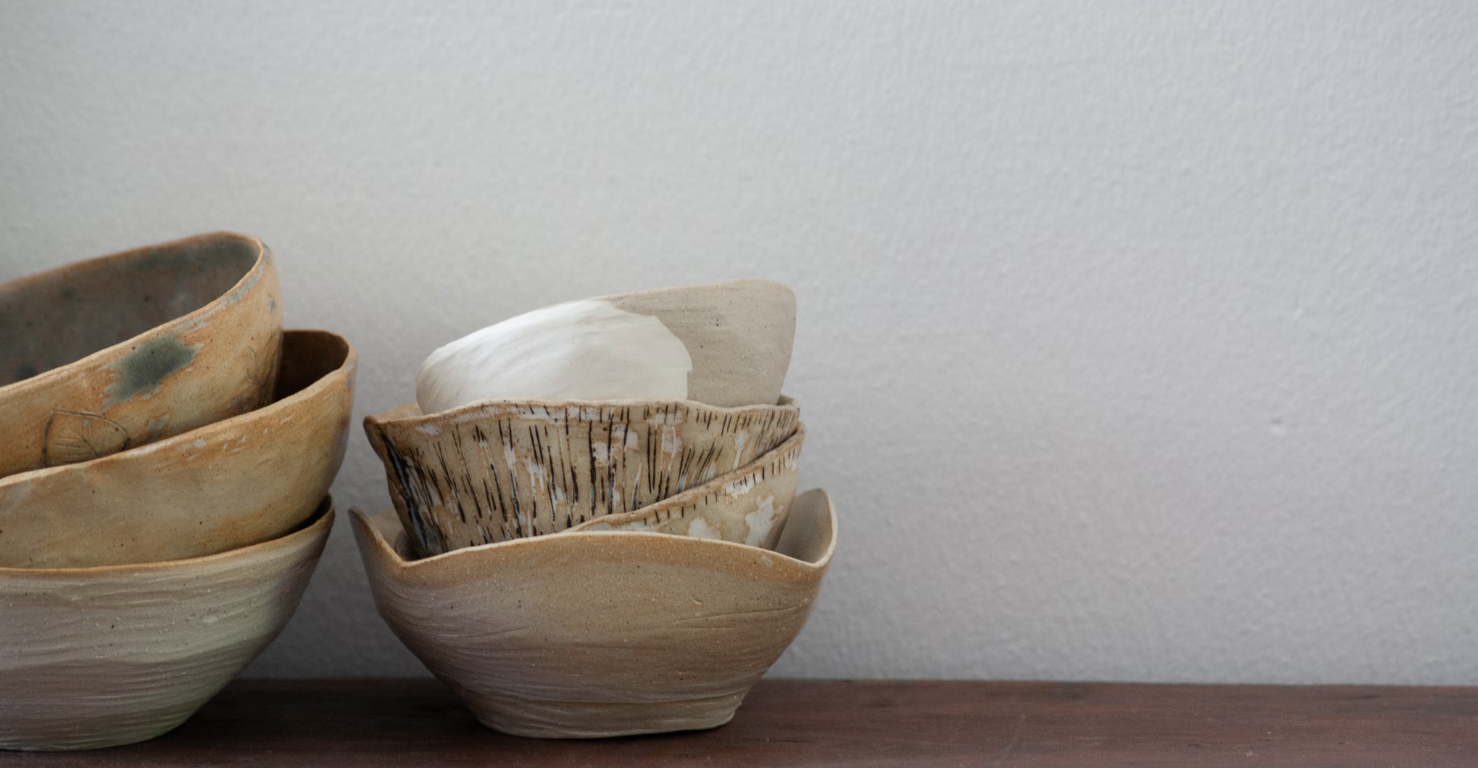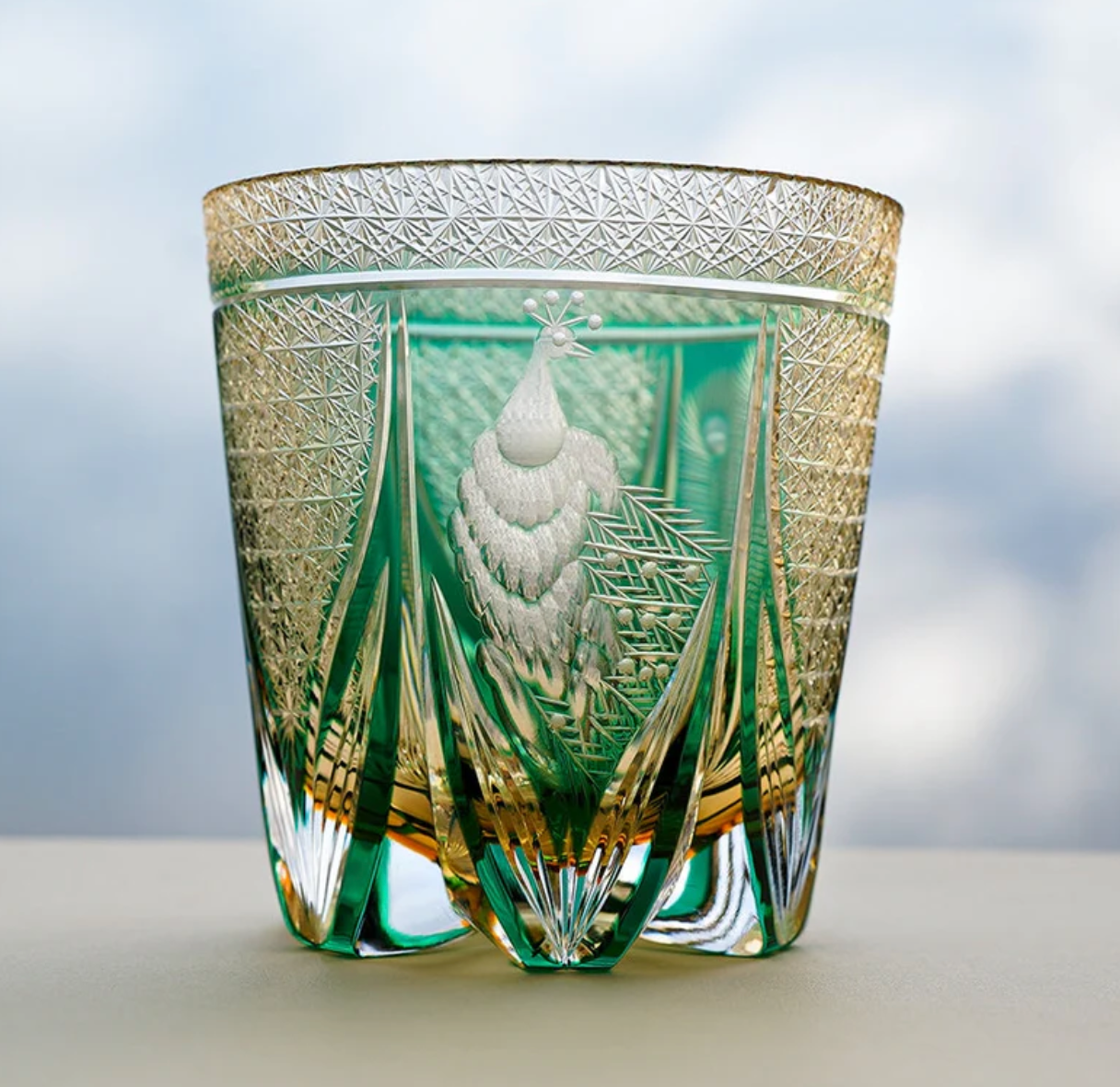
Wabi-Sabi in Clay: Embracing Imperfect Beauty with Japanese Ceramics
In a world often driven by a quest for flawless symmetry and pristine perfection, there exists a profound aesthetic that celebrates the very opposite: Wabi-Sabi (侘寂). More than just a style, Wabi-Sabi is a philosophy, an innate appreciation for the beauty that is imperfect, impermanent, and incomplete. It finds elegance in the subtle nuances of nature, the patina of age, and the authenticity of the handmade. Nowhere is this quintessential Japanese sensibility more exquisitely expressed than in its ceramics. At Oriental Artisan, we invite you to explore a curated collection where each piece tells a story of soulful artistry and understated luxury.
Understanding Wabi-Sabi: A Profound Aesthetic
Originating from the principles of Zen Buddhism and deeply intertwined with the Japanese tea ceremony (Chanoyu), Wabi-Sabi is a contemplative aesthetic that encourages us to find beauty in:
- Impermanence (無常 - mujō): Acknowledging that nothing lasts, nothing is finished, and nothing is perfect. The beauty lies in growth, decay, and the passage of time.
- Imperfection (不完全 - fukanzen): Embracing flaws, asymmetry, and irregularity. These are not defects but markers of authenticity and uniqueness.
- Simplicity (簡素 - kanso): Appreciating uncluttered spaces and objects devoid of excessive ornamentation, focusing on inherent character.
- Authenticity (自然 - shizen): Honoring natural materials and processes, revealing the true nature of an object.
Unlike Western ideals of polished perfection, Wabi-Sabi finds splendor in a chipped rim, a crack artfully repaired with Kintsugi (金継ぎ), or the subtle unevenness of a hand-thrown bowl. It's about feeling the soul of an object, not just seeing its surface.
Wabi-Sabi Manifestations in Japanese Ceramics
The very essence of Wabi-Sabi is inherently woven into the creation of Japanese ceramics, particularly stoneware (yakimono). Here’s how it comes to life:
- Natural Glazes & Kiln Effects: Many Wabi-Sabi pieces are unglazed or feature natural ash glazes (shizen-yu), where wood ash from the kiln settles and melts onto the clay, creating spontaneous, often textural effects. Marks from the firing process, such as goma (sesame seed) speckles or hidasuki (scarlet cord marks) from straw bindings, are cherished imperfections that tell the kiln's story.
- Irregular Forms & Textures: Hand-thrown and hand-built techniques inherently introduce subtle irregularities – a slight tilt, an uneven lip, a textured surface. These deviations from perfect symmetry are celebrated as evidence of the artisan's touch and the organic nature of the clay.
- Subtle Imperfections & Patina: Crazing (fine cracks in the glaze), pinholes, or minor irregularities in the firing are often seen as enhancements rather than flaws. Over time, particularly with tea bowls (chawan), the surface can develop a patina from continuous use, deepening the character and beauty of the piece. This journey of transformation is central to Wabi-Sabi.
- Earthiness & Simplicity: Many Wabi-Sabi ceramics feature natural, earthy tones, focusing on the intrinsic beauty of the clay body itself. Their unadorned simplicity allows the observer to connect with the raw materials and the fundamental artistry.
Iconic Wares Embodying the Wabi-Sabi Spirit
Several venerable Japanese ceramic traditions are quintessential expressions of Wabi-Sabi:
- Shigaraki Ware (信楽焼): One of the Six Ancient Kilns, Shigaraki clay is coarse and often speckled, yielding pieces with a robust, earthy character. The natural ash glazes and organic forms, often with a reddish blush from oxidized iron, beautifully capture the raw essence of Wabi-Sabi. A Shigaraki vase or sake cup embodies this profound aesthetic.
- Bizen Ware (備前焼): Also one of the Six Ancient Kilns, Bizen is famous for its unglazed, high-fired stoneware. Its beauty relies entirely on the interplay of flame, ash, and the iron-rich clay. The resulting goma (sesame), hidasuki (fire marks), and botamochi (rice cake marks) are unique "kiln patterns," celebrating the unpredictable artistry of the kiln. A Bizen guinomi (sake cup) is a highly prized Wabi-Sabi object.
- Hagi Ware (萩焼): Originating from Yamaguchi Prefecture, Hagi ware is celebrated for its soft, porous clay and subdued glazes that develop a unique patina. It is famously said to undergo "nanabake" or "seven changes" as tea gradually permeates the surface over time, deepening its colors and character. This evolving beauty is a pure manifestation of impermanence and age.
- Raku Ware (楽焼): Central to the Japanese tea ceremony, Raku bowls are hand-built and quickly fired at low temperatures, then removed glowing hot from the kiln. This rapid process creates spontaneous, often unpredictable results – unique glazes, textures, and forms that celebrate spontaneity and the beauty of the moment. A Raku chawan embodies the ultimate Wabi-Sabi experience.
Integrating Wabi-Sabi Ceramics into a Modern Luxury Lifestyle
For those who seek depth and authenticity in their surroundings, Wabi-Sabi ceramics offer an unparalleled opportunity to create spaces that resonate with tranquility and understated elegance. They are not mere decor; they are focal points for mindful living, inspiring contemplation and a connection to nature.
In contrast to mass-produced uniformity, each Wabi-Sabi ceramic from Oriental Artisan is a unique, soulful creation, imbued with the spirit of the artisan and the raw beauty of the earth. Owning such a piece is an investment in artistry and a commitment to a lifestyle that values substance over superficiality. Use them to elevate your daily rituals – a morning coffee in a rustic Shigaraki mug, a contemplative tea ceremony with a Bizen chawan, or a quiet evening with sake in a Hagi guinomi.
Discover the profound beauty of imperfection. Explore Oriental Artisan's curated collection of Wabi-Sabi inspired Japanese ceramics and bring timeless elegance and soulful authenticity into your home.




Leave a comment
This site is protected by hCaptcha and the hCaptcha Privacy Policy and Terms of Service apply.